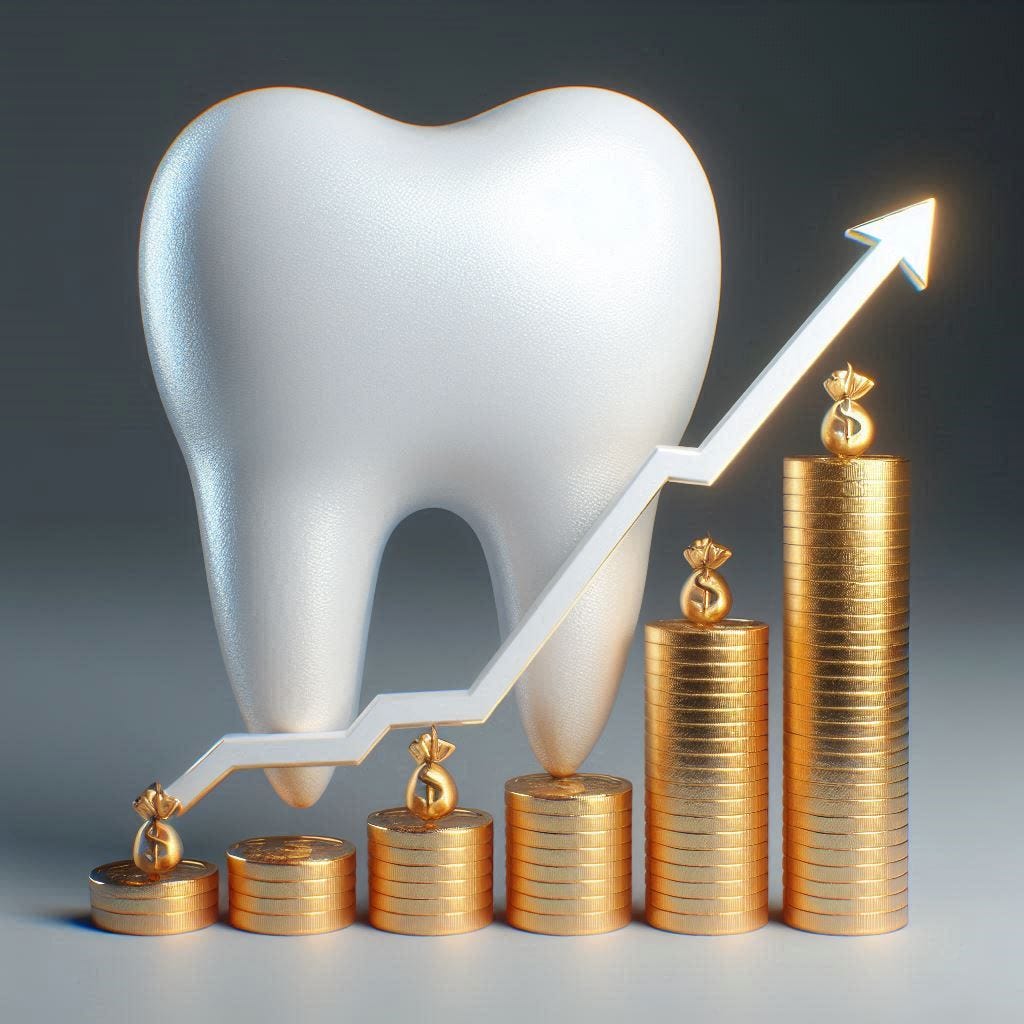Inequality Rising
Growing inequality is starting to bite on household budgets, making it more difficult for many Australians to access necessary dental care.
A new report out last week has shown that economic inequality has hit the highest levels in more than 20 years, raising concerns about the ongoing impact on health and wellbeing as more people struggle to access necessary healthcare.
The long-running Household, Income and Labour Dynamics in Australia (HILDA) Survey found that whilst income inequality had remained relatively static between 2001 and 2019 and the COVID-19 pandemic led initially to a decline in inequality, it has since jumped to its highest level now.
More than half of the 17,000 HILDA respondents indicated that their real income had declined between 2021 and 2022, placing significant pressure on many individuals and families as grapple with the rising cost of living.
One aspect of the economic impact of income inequality that HILDA measures is material deprivation, when people do not have, and cannot afford to buy items or undertake activities that would be widely regarded as being things that everyone in society should have access to – something that no Australian should have to go without today. As an example, two of the twenty-six items measuring material deprivation are ‘Having dental treatment when needed’ and ‘A yearly dental check-up for each child.’ These items consistently rate above 95% as being essential and compare with others including ‘A decent and secure home (98.5%)’, ‘A motor vehicle (56.6%)’ and ‘Access to the internet at home (74.0%)’.
This is important framing, because it is clear that the vast majority of people see dental care as essential, yet it is often viewed through the lens of discretionary spending. The reality is that many people are forced to make difficult choices about how and where they allocate their spending.
A recent Essential Research poll has again highlighted how these cost-of-living pressures are starting to bite. One in two respondents said they had put off going to the dentist, more than those who had put off seeing a medical practitioner due to lack of bulk billing (39%), or had delayed a specialist medical appointment (33%) and stopped paying for private health insurance (24%). This aligns with longer term data that consistently shows the cost barriers many people experience accessing dental care.

Interestingly those aged 35-54 years reported the highest incidence of delaying dental care (61%), compared with only 37% of those aged 55+ years and 56% of those aged 18-34 years. This certainly suggests that measures to address affordability of dental care (for example expanding Medicare to include more dental services) should be focused on the missing middle where cost-of-living pressures – particularly related to housing, food and energy – are creating the biggest inequality impacts.
Our research has shown there is a strong socioeconomic gradient to where dentists practice, with significantly more in areas of greater socioeconomic advantage, which may be shielding many practitioners from this growing issue of income inequality and poverty. However our research is also showing that many dental practitioners are experiencing first hand the impacts, with a high proportion of their patients delaying or avoiding necessary dental treatment.
With a federal election on the horizon, now is the time to start mobilising support to take action. Access to essential dental care is a basic human right.




True
1. There appears to be a higher number of people delaying care because of rising costs and lower relative wages (i would assume)
2. Even in the capital cities of Australia there appears to be a reluctance amongst practitioners to work on the fringes/city limits let alone in rural areas. Would love to see some data about this however as I am merely speculating and commenting on personal observation.